Extra Support for Squeeking Floors
caleb_tng
11 years ago
Related Stories
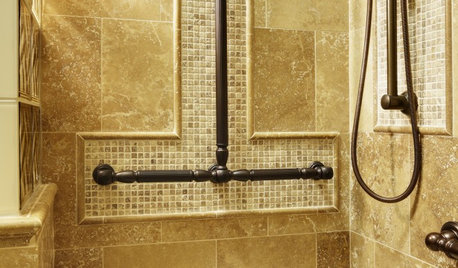
BATHROOM DESIGNBathroom Safety Features That Support Your Style
'Safety first' doesn't mean style comes in second with bathroom grab bars, shower seats and more designed for the modern home
Full Story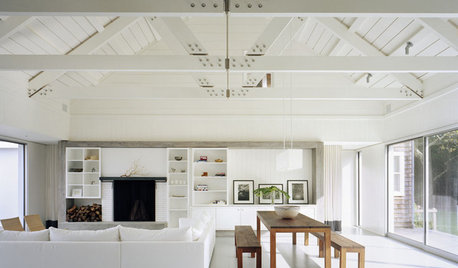
REMODELING GUIDESSupporting Act: Exposed Wood Trusses in Design
What's under a pitched roof? Beautiful beams, triangular shapes and rhythm of form
Full Story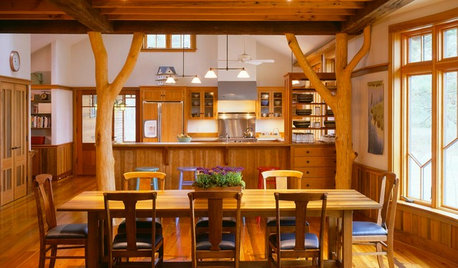
KITCHEN DESIGNOpening the Kitchen? Make the Most of That Support Post
Use a post to add architectural interest, create a focal point or just give your open kitchen some structure
Full Story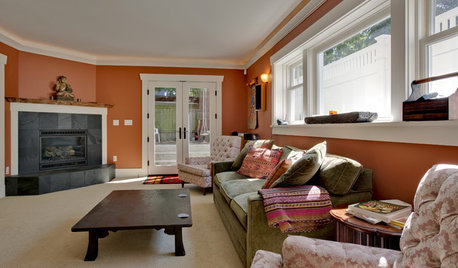
REMODELING GUIDESHow to Dig Down for Extra Living Space
No room for a ground-level addition? See if a finished basement is a good idea for you
Full Story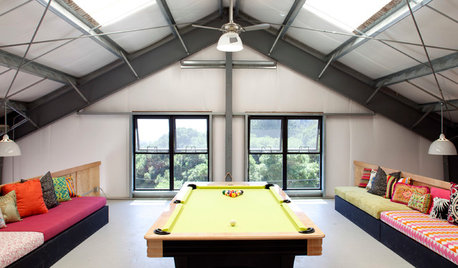
MORE ROOMSWhat Would You Do With an Extra Room?
Be a rock star, a crafting star, a movie mogul. But whatever you'd choose for your spare room, don't let reality stop you
Full Story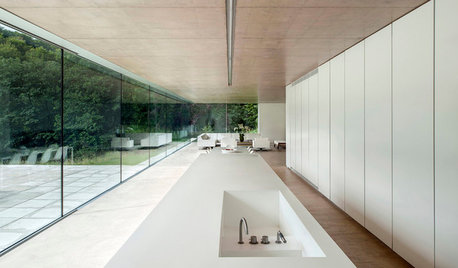
KITCHEN ISLANDSWhat to Consider With an Extra-Long Kitchen Island
More prep, seating and storage space? Check. But you’ll need to factor in traffic flow, seams and more when designing a long island
Full Story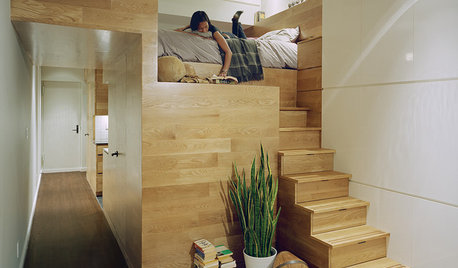
ARCHITECTURE10 Marvelous Ways With Mezzanines
Whether you have just a sliver of space or a whole floor’s worth, you can create an extra living area by looking up
Full Story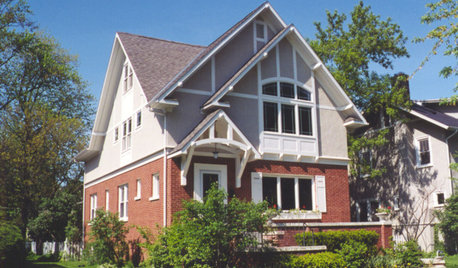
REMODELING GUIDESMovin’ On Up: What to Consider With a Second-Story Addition
Learn how an extra story will change your house and its systems to avoid headaches and extra costs down the road
Full Story
REMODELING GUIDESTransition Time: How to Connect Tile and Hardwood Floors
Plan ahead to prevent unsightly or unsafe transitions between floor surfaces. Here's what you need to know
Full Story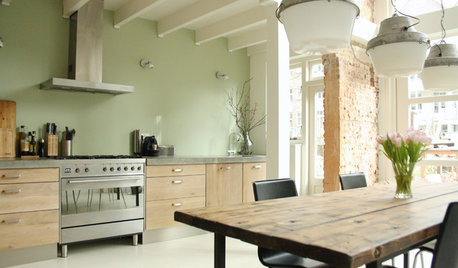
COLOR4 Cool Paint Colors Touted for 2014 — and How to Use Them
Muted but complex, these hues from Farrow & Ball can stand on their own or play supporting roles
Full StoryMore Discussions






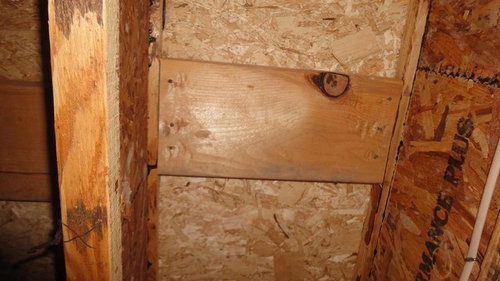

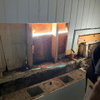
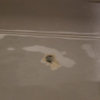

sdello
caleb_tngOriginal Author
Related Professionals
Lomita Kitchen & Bathroom Remodelers · Champaign General Contractors · Elyria General Contractors · Lakewood General Contractors · Mount Laurel General Contractors · North Tustin General Contractors · Port Washington General Contractors · Crestwood Painters · Haines City Painters · Hartselle Painters · Lakeland North Painters · Moorpark Painters · North Bethesda Painters · Westerville Painters · Woodbury Paintersbrickeyee